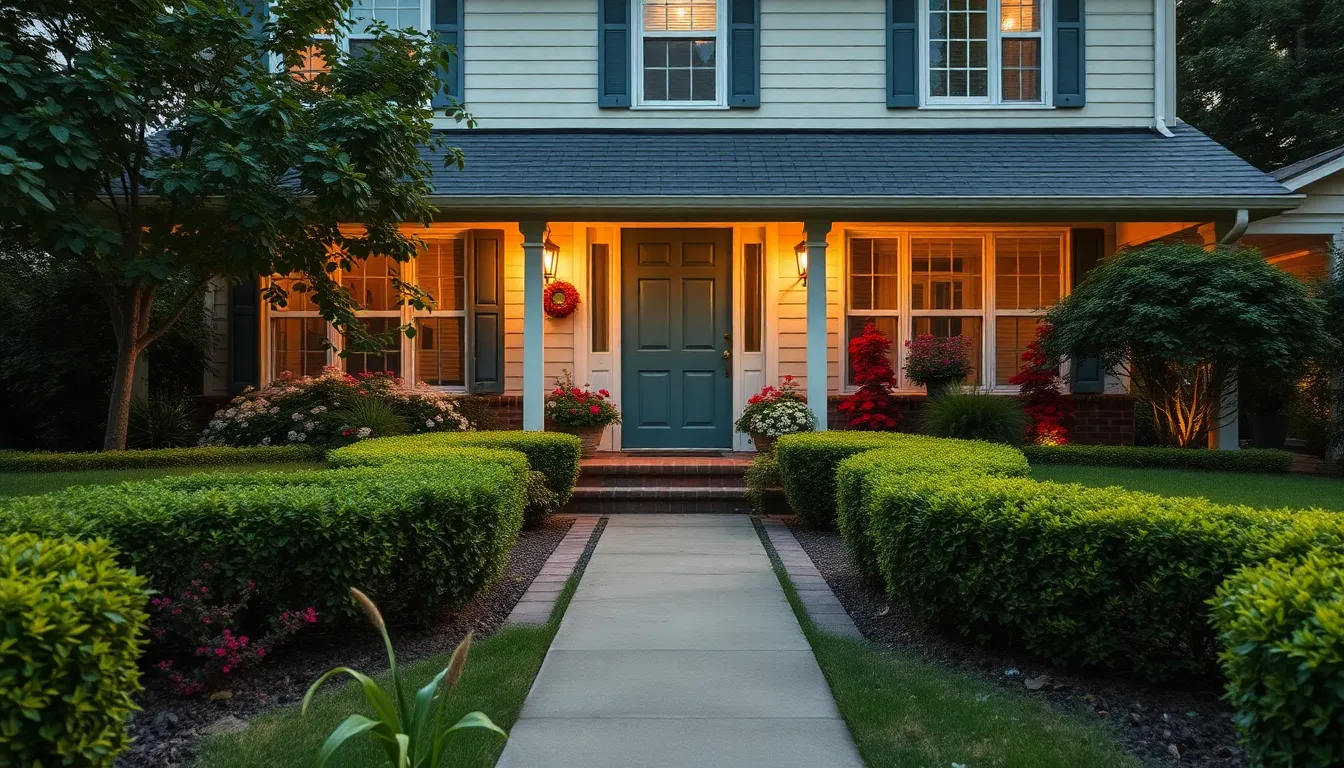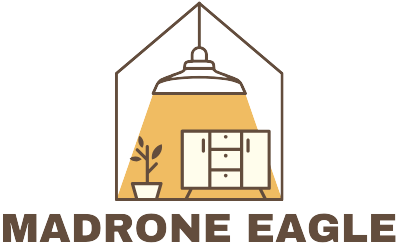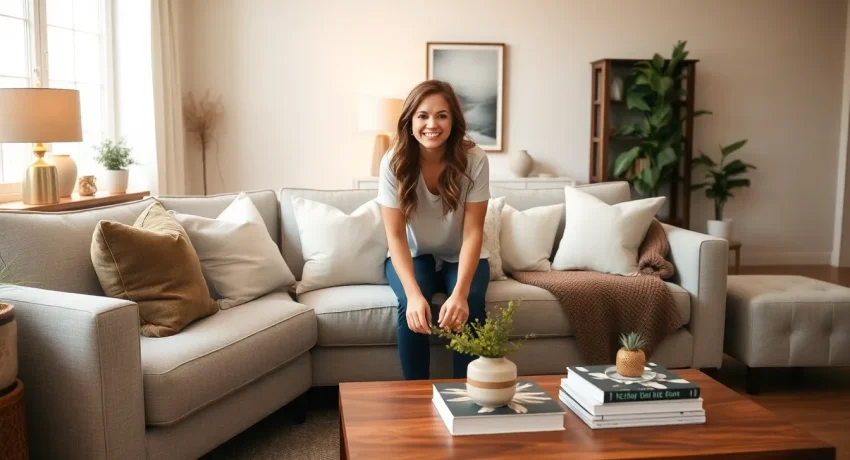Selling a home can feel like trying to find a needle in a haystack, but with the right home staging tips, it can be as smooth as butter on a hot pancake. Imagine walking into a space that feels like a magazine cover—every corner perfectly curated to entice potential buyers. That’s the magic of home staging, and it’s not just for the pros; anyone can do it with a little guidance.
Table of Contents
ToggleImportance Of Home Staging
Home staging influences a buyer’s perception significantly. When potential buyers step into a staged home, they envision themselves living there. Effective staging highlights the property’s best features, creating an emotional connection that drives interest.
Statistics indicate that staged homes sell 73% faster than non-staged ones. This data emphasizes the impact of a well-curated space on the selling process. Prioritizing cleanliness and organization maximizes visual appeal.
Staging also allows buyers to visualize the size and flow of different rooms. Effective furniture arrangement can showcase the potential of each area. By choosing neutral colors, sellers create a backdrop that appeals to a wider audience.
Investments in minor repairs or fresh paint can yield significant returns. Research shows that 85% of agents believe staging positively affects buyer perception. A stunning first impression becomes crucial in a competitive market.
Additionally, staging can set a home apart from others on the market. Buyers often overlook homes that do not resonate with their visual preferences. To make a lasting impression, it’s critical to present a clean and inviting atmosphere.
Overall, strategic home staging creates a welcoming environment. This approach captivates potential buyers, enhancing the likelihood of a successful sale. Every detail matters, making effective staging a vital component in the selling process.
Key Elements Of Home Staging

Effective home staging relies on several crucial elements that enhance a property’s appeal to buyers. Each component plays a significant role in creating that inviting atmosphere buyers desire.
Curb Appeal
Curb appeal captures a buyer’s first impression and sets the tone for the entire showing. Clean landscaping and well-maintained walkways invite prospective buyers in. Fresh paint on the front door or shutters adds an inviting touch. Outdoor lighting can brighten the space and showcase features during evening showings. Consider adding colorful flowers to the front yard, as they provide a friendly welcome. Ensure that any clutter, like toys or tools, stays out of sight to maintain a polished look. An attractive exterior can increase perceived value, making the home more memorable to potential buyers.
Interior Design
Interior design should focus on creating a cohesive and spacious environment. Neutral tones, such as soft greys and whites, appeal to a broad audience, allowing buyers to envision their own style in the space. Arrange furniture to promote flow and accessibility, showcasing the room’s potential. Remove excess items and personal decor to create a minimalist atmosphere. Each room should serve a clear purpose, enhancing functionality and appeal. Adequate lighting, whether natural or artificial, enhances warmth and highlights features. Adding mirrors can create an illusion of space, making rooms feel larger and more inviting.
Home Staging Tips For Different Rooms
Effective home staging varies by room, each requiring a tailored approach to captivate potential buyers.
Living Room
Arrange furniture to facilitate conversation and flow. Keep the space clutter-free, showcasing its size and function. Use neutral colors for walls and decor to appeal to a wider audience. Add cozy touches, like throw pillows and blankets, to create an inviting atmosphere. Accent lighting enhances the ambiance and highlights key features. Incorporate mirrors strategically to reflect light and make the room appear larger.
Kitchen
Appeal to buyers by ensuring the kitchen looks clean and organized. Use minimal decor while showcasing counter space. Clear countertops allow for easy navigation and serve as a blank canvas for potential buyers. Fresh paint can help brighten the area, making it feel more inviting. Modern appliances stand out, so consider updating outdated fixtures. Lastly, a bowl of fresh fruit adds a warm, homey touch.
Bedrooms
Create a serene environment by keeping bedrooms simple and uncluttered. Utilize neutral bedding and curtains for a calming effect. Highlight key features, such as large windows, by using light treatments that enhance natural light. Functionality matters; ensure there’s ample space for storage. Personal items need removal to allow buyers to envision their own belongings in the space. Add a few decorative elements that resonate, like artwork or plants, to evoke a welcoming vibe.
Common Mistakes To Avoid
Staging a home effectively requires attention to detail and awareness of common pitfalls. Neglecting cleanliness can deter potential buyers. Every surface needs to shine. Excess clutter misrepresents space, leading to poor impressions. Ensuring spaces are airy and organized fosters a welcoming environment.
Another mistake involves over-personalization. Leaving personal items and family portraits in view hampers buyers’ ability to envision themselves in the space. Neutral decor invites broader appeal, allowing visitors to imagine their own lives within the home.
Inadequate lighting can also diminish a home’s charm. Bright, well-lit spaces evoke warmth and comfort. Buyers may overlook properties with dim, shadowy areas. Using mirrors strategically amplifies natural light, enhancing the perception of openness.
Ignoring repairs poses additional challenges. Fixing minor issues like leaky faucets or squeaky doors creates a sense of upkeep. Properties in need of repair may raise red flags for buyers. Homeowners must highlight charm and functionality through careful maintenance.
Choosing bold colors can limit market appeal. Sticking to neutral tones presents a blank canvas for buyers. It’s crucial to provide flexibility in design and decor, promoting a universally attractive space.
Overfilling spaces with furniture disrupts flow. Arranging pieces to encourage conversation creates a more inviting atmosphere. Buyers prefer rooms that facilitate interaction rather than congested layouts.
Lastly, overlooking curb appeal is detrimental. The exterior of a home forms the first impression, so it must be inviting. Maintaining landscaping, painting the front door, and providing adequate outdoor lighting boost overall appeal.
Effective home staging is a game-changer in the real estate market. By creating an inviting and well-organized space, sellers can significantly enhance their home’s appeal. Every detail from cleanliness to strategic furniture arrangement plays a vital role in attracting potential buyers.
Investing time and effort into staging can lead to quicker sales and potentially higher offers. Whether it’s focusing on curb appeal or ensuring each room feels spacious and welcoming, these tips can make a lasting impression. With the right approach, anyone can transform their home into a buyer’s dream, paving the way for a successful sale.




